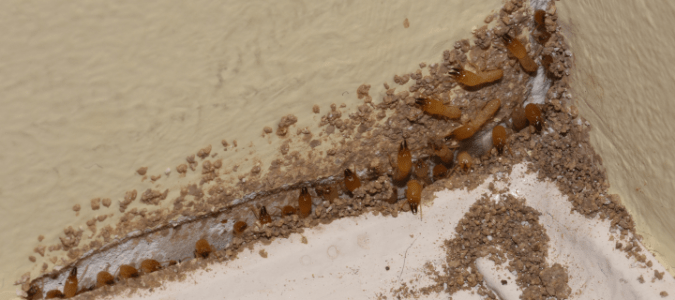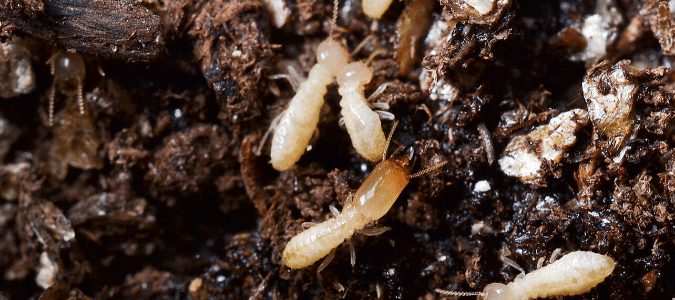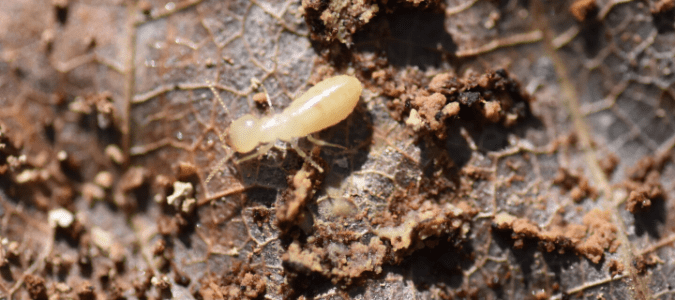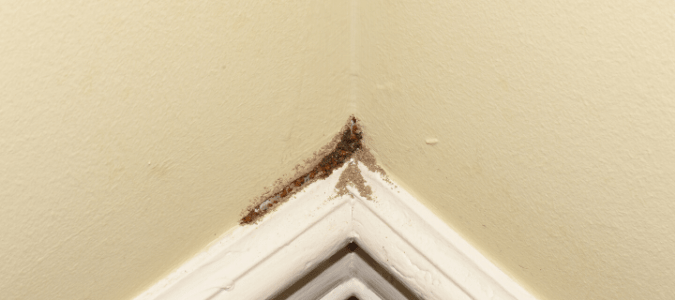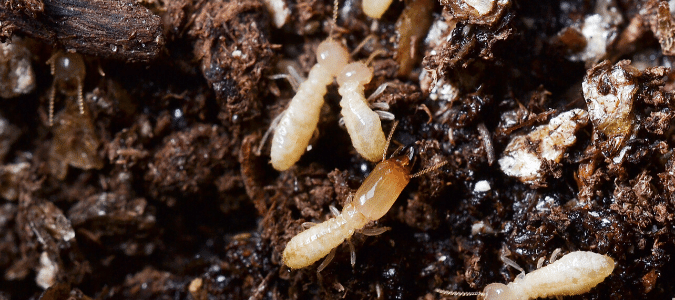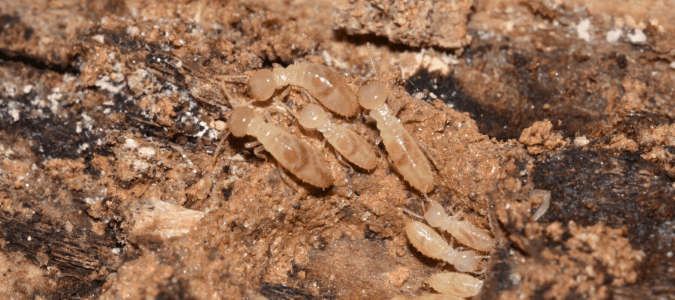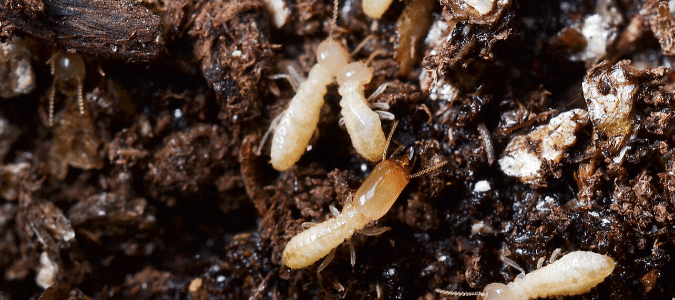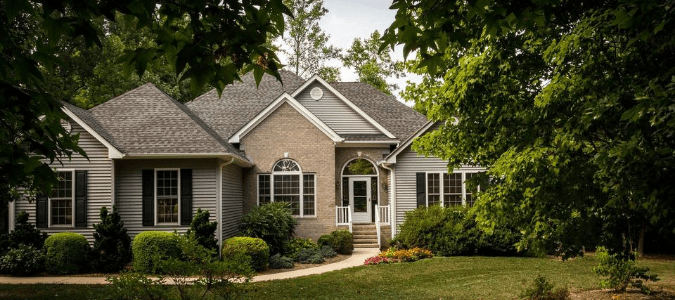Earwig Versus Termite: Which Pest Do I Have?
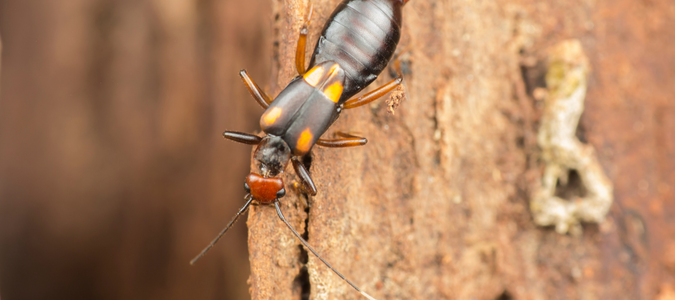
Do you know the difference between an earwig and a termite? These two pests are often mistaken for each other, but they are extremely different in appearance and habits.
As a homeowner, it’s valuable to tell these insects apart so that you know what to do when you spot one of them in or around your home. While earwigs can become an annoyance, they do not pose the same threat to your home’s structure as termites.
If you spot termites or some signs of termites, it’s wise to contact a pest control professional. The faster you catch an infestation, the less damage it can do to your home. This guide will also break down two common signs of termites in your home: termites coming out of walls and termite tunnels on walls.
Earwig Appearance and Habits
Earwigs and termites may look similar to an untrained eye; however, they have quite a few physical distinctions. … Read Full Post »
